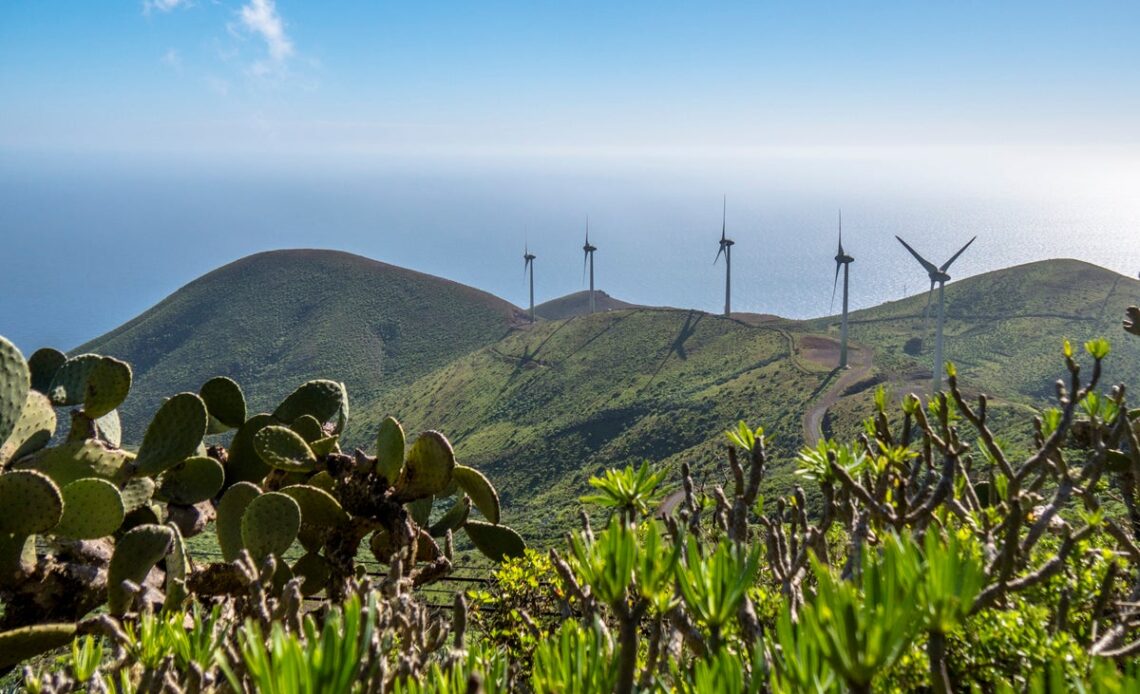In the arid southwest of El Hierro, against a backdrop of inhospitable mountain plains scorched yellow by the blazing sun above, lies El Sabinar. Bent uncomfortably with its twisted branches windswept to one side, it’s the gnarliest of juniper trees – 1,000 years old and not looking a minute younger.
It stands alone because when the juniper trees that covered this area were cut for their wood, only those contorted out of shape by the winds were spared the axe. Now it serves as an eerie mark of man’s short-term gains for nature’s long-term losses. Thankfully, El Hierro – the second smallest of the Canary islands – has learned from the past.
Now a Unesco biosphere reserve, the whole island is protected – it’s an offence to fell a juniper tree. Driving along El Hierro’s winding roads, it’s rare to come across a manmade construction within its dramatic landscapes, which blur from black volcanic rubble into lunar wilderness, via sheer cliffs and lush forests.
El Sabinar, a windswept juniper tree in La Dehesa, El Hierro
(Canary Islands Tourism)
But the island’s commitment to conservation goes beyond nature. Uncharacteristically for the Canary Islands, it has stayed uninterested in attracting mass tourism. An example: only El Hierrians are permitted to run accommodation, so the trickle of visitors that does make it here stays in family-run houses or one of two major hotels – one is state-run, the other is part of the Parador chain (the exception to the rule).
El Hierro has learned when it comes to natural resources, too. As we hike around the area, my guide Rubén recalls his grandmother telling him stories about the drought that hit the island in 1948.
“The ships that delivered water to the Canary Islands missed El Hierro, simply because it was too small and too far away,” he says. “After that, we wanted to make sure that we were self-sufficient. That we had the means to survive with what we had on the island, without needing to rely on outside help.”
That’s a key reason why it’s aiming to become the first island to run on renewable energy created entirely on its own shores – a goal it’s well on its way to reaching, as I found during our next stop, the power plant of Gorona del Viento.
(Canary Islands Tourism)
Wind farms aren’t usually in my top five tourist attractions on a Med island, but there’s much to be proud of in this project, which began in 2014. After a peek at the control room, onsite guide Cristina Morales…
Click Here to Read the Full Original Article at The Independent Travel…
